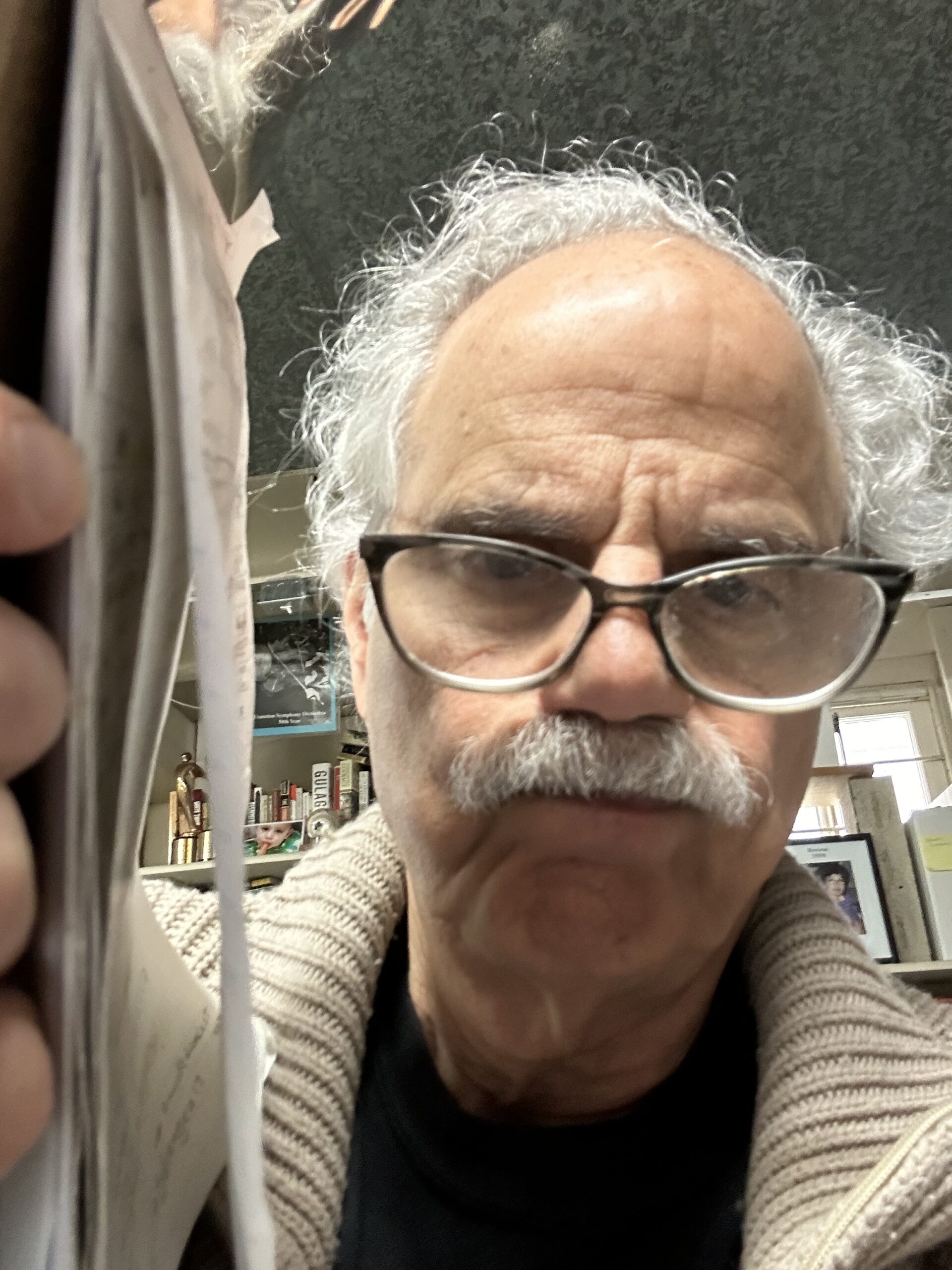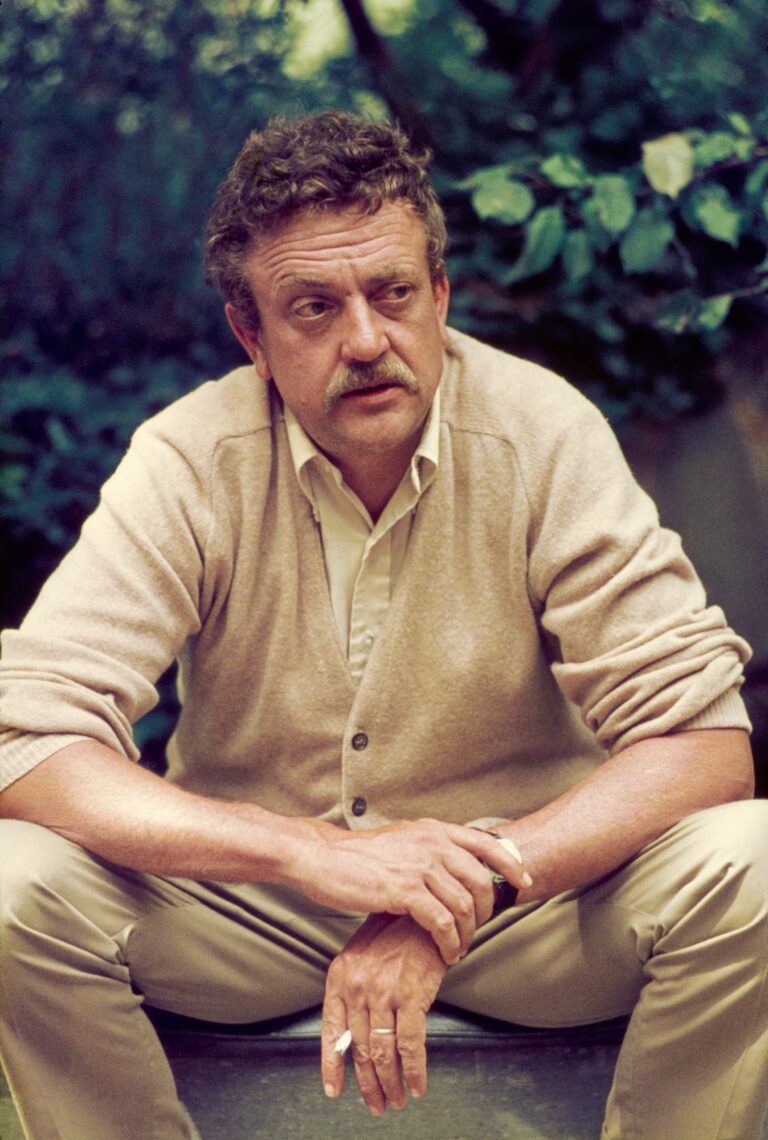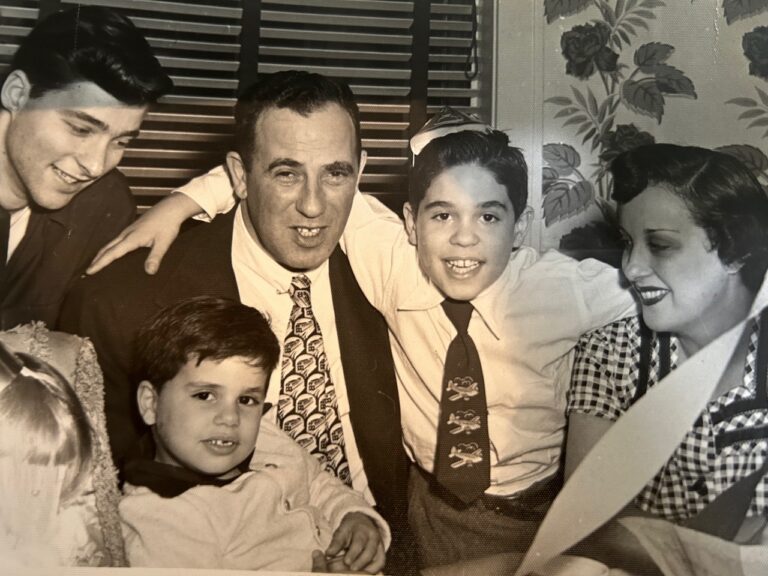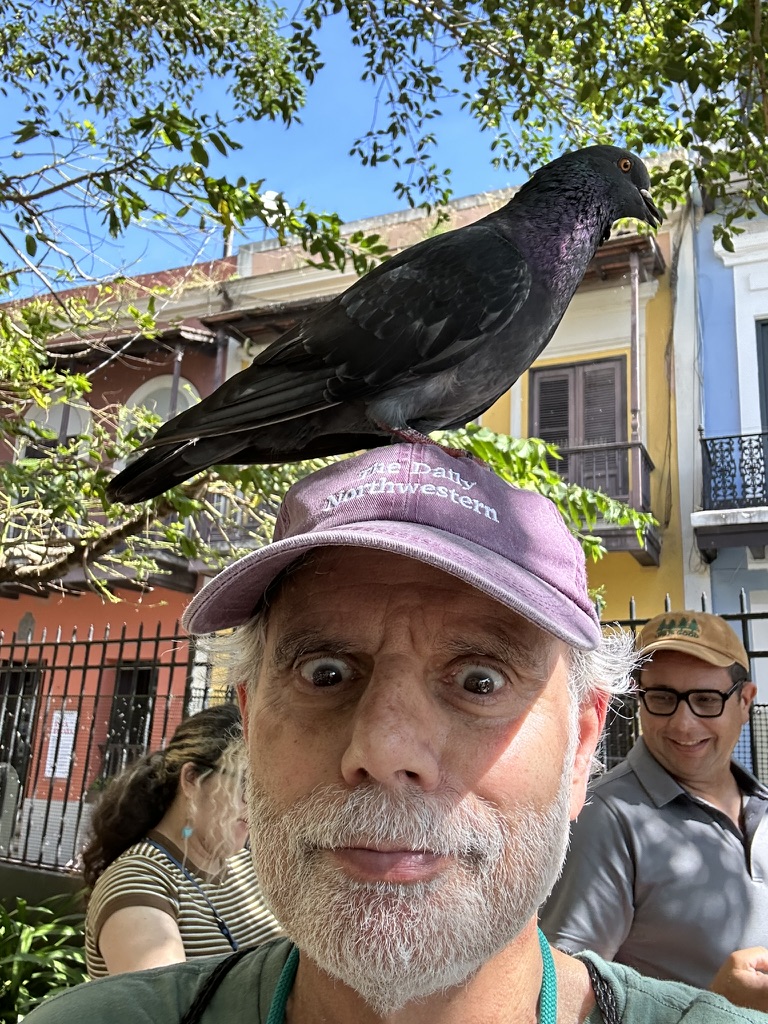Evanston RoundTable, May 4, 2017
Beethoven, Tchaikovsky, and Mahler all wrote great Fifth Symphonies.
Shostakovich’s was something else: a plea for redemption and a window to the terrorism that was life under Stalin.
It seems there is something about fifth symphonies. Beethoven wrote the most famous one, of course, the one that blasted a hole in music forever – you can hear it in the incredible four-note engine that drives the first movement and the titanic transition from C minor to C major at the end of the third movement. Haydn and Mozart could never have written this piece, it was too modern, the downbeat to the future.
Tchaikovsky, Mendelssohn, Bruckner, and Mahler wrote great fifths later in the 19th century, as did Sibelius, Nielsen, and Prokofiev in the 20th.
But no one wrote a Fifth Symphony like Dmitri Shostakovich, and for anyone who values liberty and creative expression, it is worth getting to know. There are many fine performances on YouTube, from Bernstein to Mravinsky.
Shostakovich had the misfortune to live and work for much of his career under Stalin. Born in St. Petersburg in 1906, Shostakovich was a prodigy whose First Symphony, written at the age of 19 for his Conservatory graduation, was performed worldwide.
His shocking, risqué, and extravagant opera, “Lady Macbeth of Mtsensk,” written 10 years later, was hugely popular, and was performed widely in the Soviet Union, plus New York, London, Copenhagen, and Prague. Stalin, when he finally got around to seeing it, walked out before the final curtain. As a writer for The Daily Beast has put it, “the ferocity and tragedy escaped from the stage to haunt the living.” Shostakovich was at the same performance and witnessed Stalin’s exit, and he feared the worst.
Sure enough, two days later an unsigned article appeared on page 3 of Pravda entitled “Muddle, Not Music,” which harshly condemned the opera as “coarse, primitive, and vulgar.” The ability of good music “to enthrall the masses,” wrote the unsigned author, whom some think was Stalin himself, “has been sacrificed on the altar of petit-bourgeois formalism. This is playing at abstruseness – and such games can only end badly.”
Needless to say the opera was withdrawn immediately, and Shostakovich had to postpone the premiere of his Fourth Symphony, written in the same wild, percussive style. (It wasn’t heard for 25 years, until after Stalin’s death.) What was wanted, Stalin told the people, was music that improved, enthralled, and extolled the masses. That style came to be known as Socialist Realism.
Like many artists and intellectuals in Stalin’s time, Shostakovich always had a suitcase packed and ready in case the KGB came calling. Friends and members of his extended family had been executed or sent to the gulags, which frequently amounted to the same thing.
But even at the risk of being arrested, he had to compose. He had a family to feed and could no more stop writing music, he told friends, than he could stop breathing. So after a year Shostakovich commenced to write a “response” to the charges in the Pravda article, his Fifth Symphony.
It is a most amazing work, one of the landmarks of 20th century music, and not just because his life depended on it. The first movement opens slowly, almost lugubriously. Then a piano kick-starts a long section that explodes with energy, violence, and a relentless forward motion, one of the great allegros of modern music, until finally petering out as if in exhaustion with the return of the slow opening theme.
The second movement is a lively scherzo (joke), which is “witty, satirical, raucous while also nervous,” says Wikipedia. But it is the third movement, marked Largo, or very slow, that is at the heart of this great work. Listening to the Largo it is not hard to hear the pain, suffering, and angst of the Soviet people under the dread hand of their leader. Many in the opening night Leningrad audience wept; others were afraid they would be arrested.
More subtle, perhaps, is a quote in the last movement from a song Shostakovich had written privately the year before from text by the Russian poet Pushkin, about a barbarian who paints over the work of a genius. This section, according to one Shostakovich scholar, “is perhaps the most famous ‘message in a bottle’ of 20th century Western art music…”
What “redeemed” the work, from the perspective of the authorities, was the finale, a vibrant, triumphant march that seemed to embody the optimism and enthusiasm required of Socialist Realism.
In later years Shostakovich supposedly told friends the last movement was meant to be ironic, like a man being forced to smile with a pistol to his head. And indeed, in many contemporary performances the finale is played so slowly that it is almost painful.
The challenge for Shostakovich was to write a piece that represented his true feelings without transgressing the “party line.” As musicologist Ian MacDonald wrote in “The New Shostakovich,” “He had to somehow turn the simplicity demanded by the authorities into a virtue, mocking it while in the process of turning it into great art.”
How he squared that dangerous circle makes for amazing history and music.
Shostakovich’s Fifth demands to be heard, as witness to a time when speaking out was dangerous, even fatal, and also as a gateway to an artist whose work is timeless and profound.
For those interested in learning more about Shostakovich’s amazing career, I recommend Elizabeth Wilson’s “Shostakovich: A Life Remembered.”





+ There are no comments
Add yours